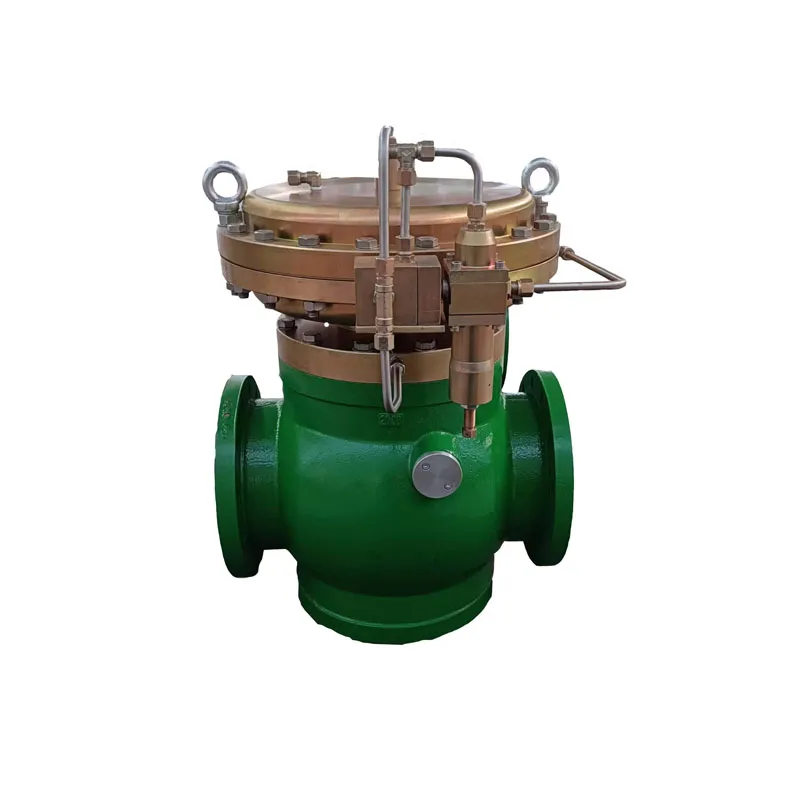
Nov . 13, 2024 22:21
Back to list
صمام كهربائي
Understanding the Electric Valve Mechanism, Applications, and Benefits
Electric valves play an essential role in various industrial applications. Serving as a crucial component in controlling the flow of liquids and gases, electric valves are designed to realize an automated flow control system, making processes more efficient and reliable. This article aims to explore the mechanism of electric valves, their applications across different sectors, and the benefits they offer over traditional valve systems.
The Mechanism of Electric Valves
An electric valve is essentially a valve that is operated by an electric actuator rather than manual control. The electric actuator is powered by a solenoid or motor, converting electrical energy into mechanical work. When an electrical signal is received, the actuator moves the valve to open or close it, allowing or blocking the flow of the medium.
The design of electric valves can vary significantly depending on the application, with the most common types being globe valves, ball valves, and butterfly valves. Each type provides specific benefits tailored to various operational needs. For instance, ball valves offer minimal flow resistance, making them ideal for applications involving high flow rates.
Applications of Electric Valves
The versatility of electric valves allows them to be utilized in numerous industries, including
1. Water and Wastewater Treatment In this sector, electric valves are critical for managing the flow of water and wastewater through treatment plants. They enable precise control over the processes involved in purification, filtration, and disinfection.
2. Oil and Gas Electric valves are extensively used to regulate the flow of oil and gas in pipelines. Their ability to operate remotely and respond quickly to signals makes them vital in ensuring safety and efficiency during extraction and transportation.
.
4. HVAC Systems Electric valves facilitate temperature control in heating, ventilation, and air conditioning (HVAC) systems. They ensure optimal performance and energy efficiency by regulating the flow of heating and cooling fluids.
صمام كهربائي

5. Food and Beverage In this industry, maintaining hygiene standards is paramount. Electric valves allow for clean and precise flow control, which is critical for processing and packaging food products.
Benefits of Using Electric Valves
The adoption of electric valves offers several advantages over traditional manually operated valves
- Automation and Control Electric valves can be easily integrated into automated systems, allowing for remote control and monitoring. This capability is crucial for increasing efficiency in processes and reducing labor costs.
- Precision Electric actuators provide excellent control over valve positioning, resulting in more accurate flow regulation. This is particularly important in industries where precise flow measurement is essential for product quality.
- Increased Safety By minimizing manual intervention, electric valves reduce the risk of human error, thereby enhancing safety in hazardous operations. They can also be programmed to automatically shut or open in response to system anomalies, further preventing accidents.
- Energy Efficiency Electric valves often consume less energy compared to pneumatic or hydraulic alternatives. With the ability to optimize flow and reduce waste, electric valves support sustainability initiatives within industries.
- Low Maintenance Electric valves require minimal maintenance compared to their mechanical counterparts. Fewer moving parts result in lower wear and tear, which translates into reduced downtime and operational costs.
Conclusion
Electric valves offer a sophisticated solution for controlling fluid and gas flow across various industries. Their automation, precision, and efficiency make them indispensable components in modern industrial processes. As industries continue to evolve and focus on improving performance and safety standards, the reliance on electric valves will undoubtedly increase, paving the way for smarter and more sustainable operations. As technology advances, we can expect further innovations in electric valve design and functionality, enhancing their role in the future of automation and control systems.
Next:
Latest news
-
Safety Valve Spring-Loaded Design Overpressure ProtectionNewsJul.25,2025
-
Precision Voltage Regulator AC5 Accuracy Grade PerformanceNewsJul.25,2025
-
Natural Gas Pressure Regulating Skid Industrial Pipeline ApplicationsNewsJul.25,2025
-
Natural Gas Filter Stainless Steel Mesh Element DesignNewsJul.25,2025
-
Gas Pressure Regulator Valve Direct-Acting Spring-Loaded DesignNewsJul.25,2025
-
Decompression Equipment Multi-Stage Heat Exchange System DesignNewsJul.25,2025

